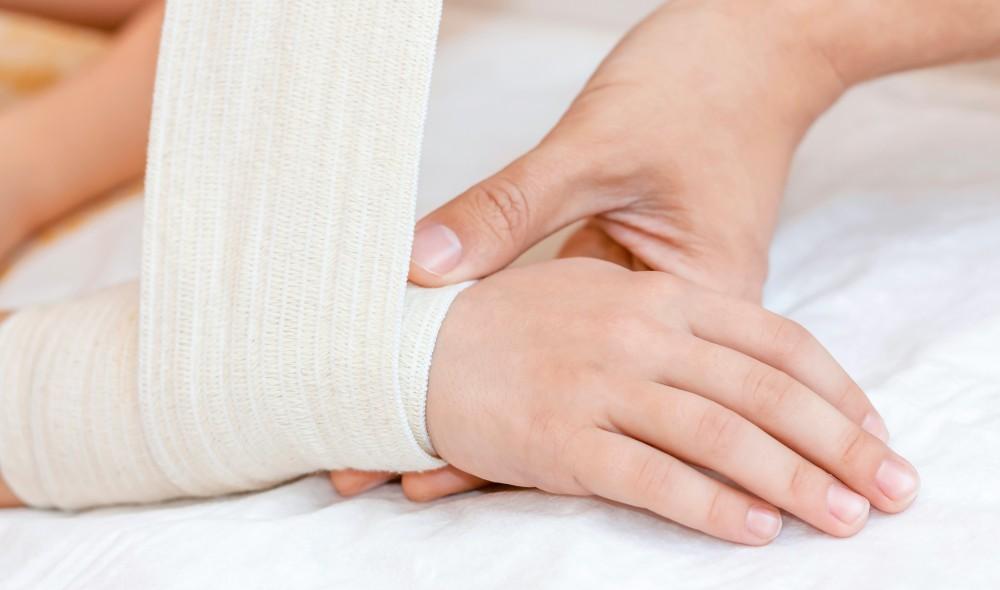Anyone can develop a stress fracture in their foot, but runners and other athletes are at a heightened risk. But don’t hang up your running shoes just yet. If you learn about the signs of a stress fracture, you may be able to prevent the problem from getting worse.
Certain factors make stress fractures more likely to occur, so it’s important to pay attention to how you feel. The most common factors leading to stress fractures are wearing a new pair of running shoes and drastically increasing the amount of time you spend training.
If you develop a stress fracture, certain signs can give you clues that you have one. In this guide, the providers at Great Lakes Foot and Ankle Institute discuss what those signs are.
What is a stress fracture?
Stress fractures usually begin as small, hairline cracks, and they often cause foot pain. Continuing to run or play sports with a stress fracture can cause a full fracture, which could require months of recovery.
Stress fractures are common in the feet, and they can affect one of several bones, most commonly the heel bone or the metatarsals, which connect the toes to the foot. While other parts of your body can get stress fractures ― such as your pelvis or the sacrum in your lower back ― stress fractures in areas other than your feet are more likely to occur due to weakness or poor bone density. Whereas stress fractures of the feet are more likely to occur due to overuse or repetitive activity.
What are the risk factors for developing a stress fracture?
Some people are more likely than others to develop stress fractures. Some of the risk factors include the following:
- Playing high-impact sports, such as basketball
- Being female, especially if you have a very low body mass index
- Suddenly increasing your activity level by a lot
- Having other foot problems, such as flat feet or high arches
- Not getting enough calcium
- Not getting enough vitamin D
- Having bone density problems
- Having previous stress fractures
- Wearing worn-out shoes
Many of these problems are issues we can look into to let you know if you’re at risk for developing a stress fracture.
What are the signs of a stress fracture?
The most significant sign of a stress fracture is pain. Typically, the pain starts out mild and worsens over time or with activity. Furthermore, you may also notice swelling after activity.
Other common signs of a stress fracture include the following:
- Pain that persists despite following the RICE protocol (rest, ice, compression, elevation)
- Weakness or loss of performance
- Aching pain that gets worse and doesn’t go away with rest
- Pain that gets worse at night
How are stress fractures treated?
The best management for stress fractures is to pay attention to the pain and make changes before a hairline crack becomes a big one. This includes checking your shoes to make sure they’re not worn out, not ramping up your activity level, getting proper nutrition, and doing a variety of activities and not just one.
When you come to our office with a suspected stress fracture, we may order X-rays or an MRI to confirm whether a stress fracture is the cause of your pain. If you do have a stress fracture, we’ll advise you to rest your foot for 6-8 weeks to allow your bones to heal. You can most likely return to activity when you no longer feel pain. In some cases, severe stress fractures may require surgery.
If you suspect you have a stress fracture, make an appointment for an evaluation immediately. Stress fractures tend to get worse if you ignore them. To learn more, book an appointment online or over the phone with Great Lakes Foot and Ankle Institute today.







